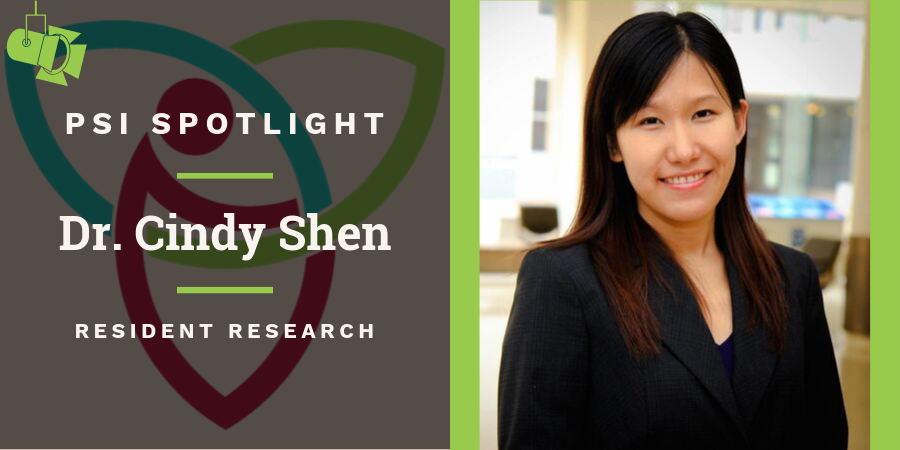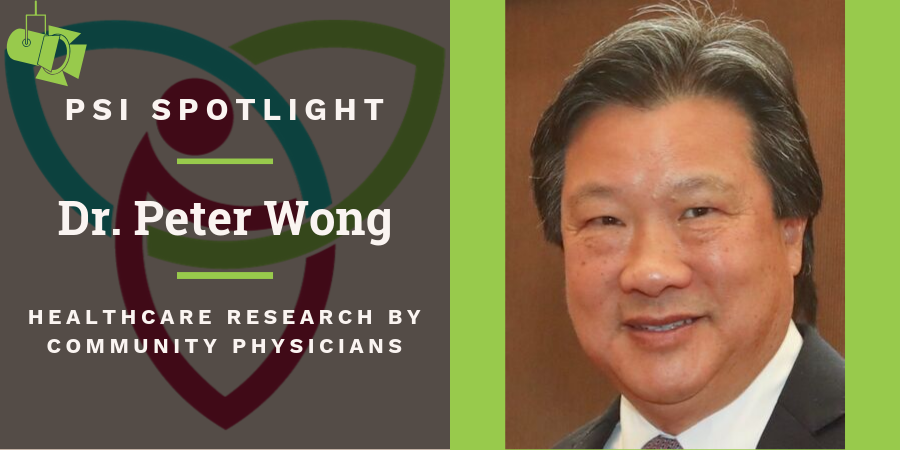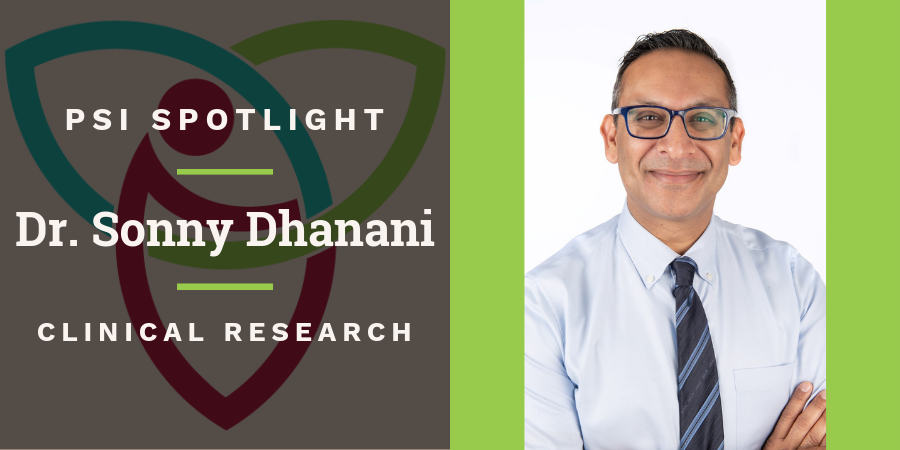As the child of immigrants, Dr. Shixin (Cindy) Shen has had a long-standing interest in immigrant health issues, including cancer screening. While pursuing the Public Health and Preventive Medicine Residency at the University of Toronto, she found that there was little information about the barriers to colorectal cancer screening that immigrants in Ontario may face. “Colorectal cancer is the second most common cause of cancer, and 40% of all immigrants in Canada live in Ontario,” she says. “Yet, there wasn’t much information about colorectal cancer screening in immigrants in Ontario, despite the fact that they tend to have lower screening rates.”
To address this knowledge gap, Dr. Shen and her supervisors, Dr. Aisha Lofters and Dr. Richard Glazier, looked at the immigration and non-immigration factors that influence screening rates in immigrants, in order to get a better understanding of which are the most important.
They looked at data from a number of health care administrative databases, as well as the Immigration, Refugee and Citizenship Canada’s Permanent Resident Database, which contains records of individuals who obtained immigrant status since 1985.
Dr. Shen found that within the immigrant population there were significant differences in rates of screening non-adherence, related to different factors. Among the factors related to immigration, an individual’s region of birth and the income level of that region, as well as their immigration class (economic, family or refugee) were the most important factors that predicted screening non-adherence. Among the factors not related to immigration, individuals with no or moderate use of the health care system and those not rostered to a care team were less likely to be screened.
The results emphasize the health inequalities that immigrants may face in Ontario. “Some of these factors, especially when combined, contributed to significant disparities in screening uptake,” says Dr. Shen. “For example, among refugees from low-income countries who were not rostered and who lived in low-income areas, the rate of non-adherence to screening was 71%, compared to 25% for economic immigrants from high-income countries who were rostered and lived in high-income areas.”
The study was supported by a Resident Research Grant from PSI Foundation, which was critical for allowing the team to access the multiple databases and to support Dr. Shen’s work on the study. “The funding from PSI Foundation allowed me to lead the study from beginning to end, which was a very helpful learning experience,” she says. “I was able to further develop my skills in critical thinking, problem solving, and evidence generation, which will be helpful in my career as a public health physician.”
Dr. Shen notes that the study is just the starting point in understanding the screening barriers in this population, and that further research is needed to explore these factors in more depth. Ultimately, she hopes that the research can be used to help policymakers find ways to increase screening rates in this priority population.
“We know that screening is important for reducing cancer incidence and death rates, and we know that there are social factors that lead to poorer access to services and poorer health status,” she says. “With this research, we hope to have a better understanding of the potential causes of differential access to preventive care, so that we can address them properly and bridge the gap in health outcomes. The goal is to level the playing field so that everyone can lead healthy lives.”



